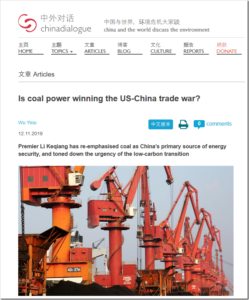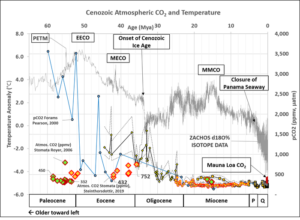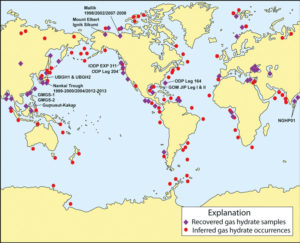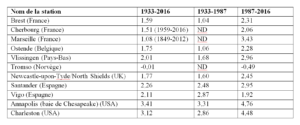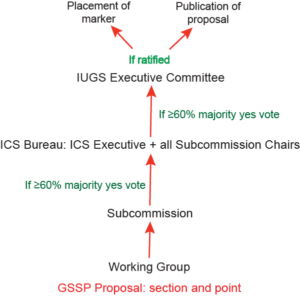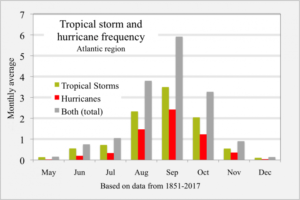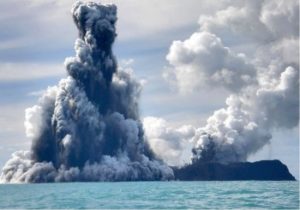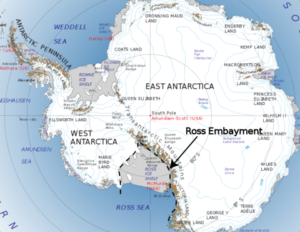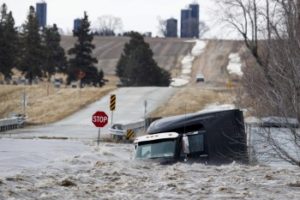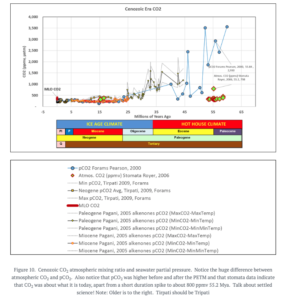by P. Homewood, December 1, 2019 in NotaLotofPeopleKnowThat
China has signalled that coal power will be a top priority within national energy policy as the government prepares its next Five Year Plan (2021-25).
On 11 October, Premier Li Keqiang chaired a meeting of the National Energy Commission in Beijing that emphasised China’s energy security and coal utilisation and downplayed the importance of a rapid transition away from fossil fuels.
Each meeting of the commission, which was established in 2010 and has met only four times, has had a significant impact on policymaking. Chaired by Premier Li and attended by more than 20 chiefs of China’s ministries and bureaus, the commission is the top body for coordinating energy policy.
Why is energy security back at the top of the agenda?
Li told the conference: “The government should diversify energy supply to improve energy security… enhance domestic oil and gas exploration and development efforts, and promote oil and gas reserves and production, in order to improve oil and gas self-sufficiency”.
The renewed focus on energy security comes amid an increase in domestic consumption of oil and gas, which is largely being met through imports. China’s dependence on energy imports rose from 9% in 2014 to more than 20% in 2018.
China’s domestic crude oil production has declined and efforts to tap unconventional sources of natural gas, such as shale gas and coalbed methane, have faltered.
Other causes for concern lie outside China. The ongoing trade dispute with the US is a threat to the energy trade between the two superpowers, and supplies from the Middle East are at risk from mounting instability in the region.
…
